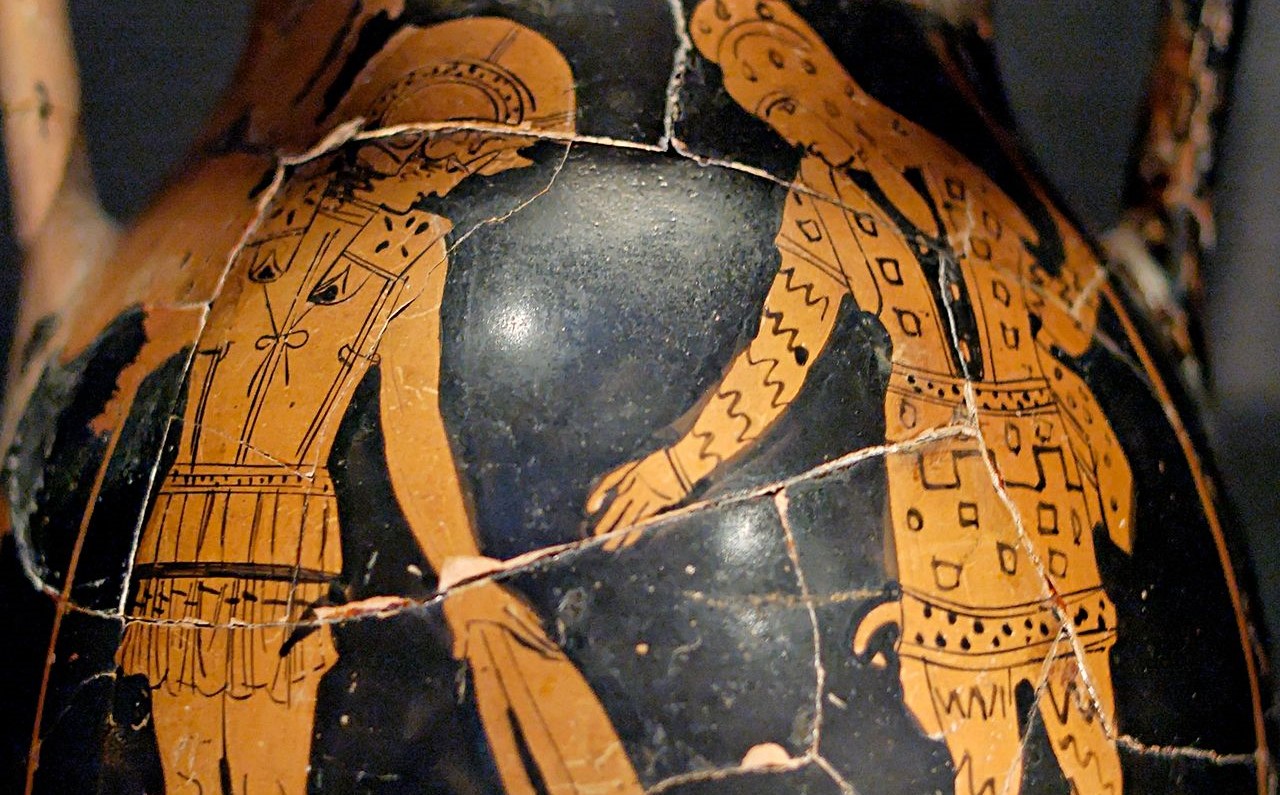by David Fox, Professor of Common Law, University of Edinburgh
- Introduction
Lawyers are wary of providing universal definitions even of their most fundamental concepts. Money is a prime example. There is no authoritative definition of money that allows us to identify with certainty all those things that serve as money in the law and those that do not. If lawyers have any view of the range of things they treat as money, then it is one informed by its commonly-stated economic functions.[1] Economists often take the view that “money is what money does”.[2] Thus the textbook economic definitions generally say that money is a medium of exchange and a unit of account. From these follow other secondary functions, such as to serve as a store of value and a standard of deferred payment.[3]
The purpose of this blog entry is to suggest that the economists’ functional approach to understanding money is also the right one for lawyers to take. Money in the law is an aggregation of legally recognised functions. It is a kind of composite entity. Its most important functions are to serve as the notional bearer of a certain number of units of monetary value and to discharge debts. While those functions are attributed by law to certain things (such as coins, banknotes or liquid bank balances), these things are subsumed by the larger legal functions attributed to them. The functions become more important than the thing itself.
Leave a Comment


